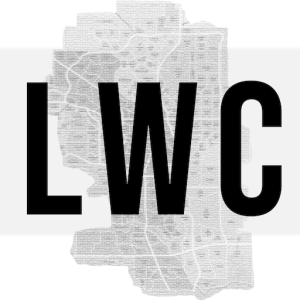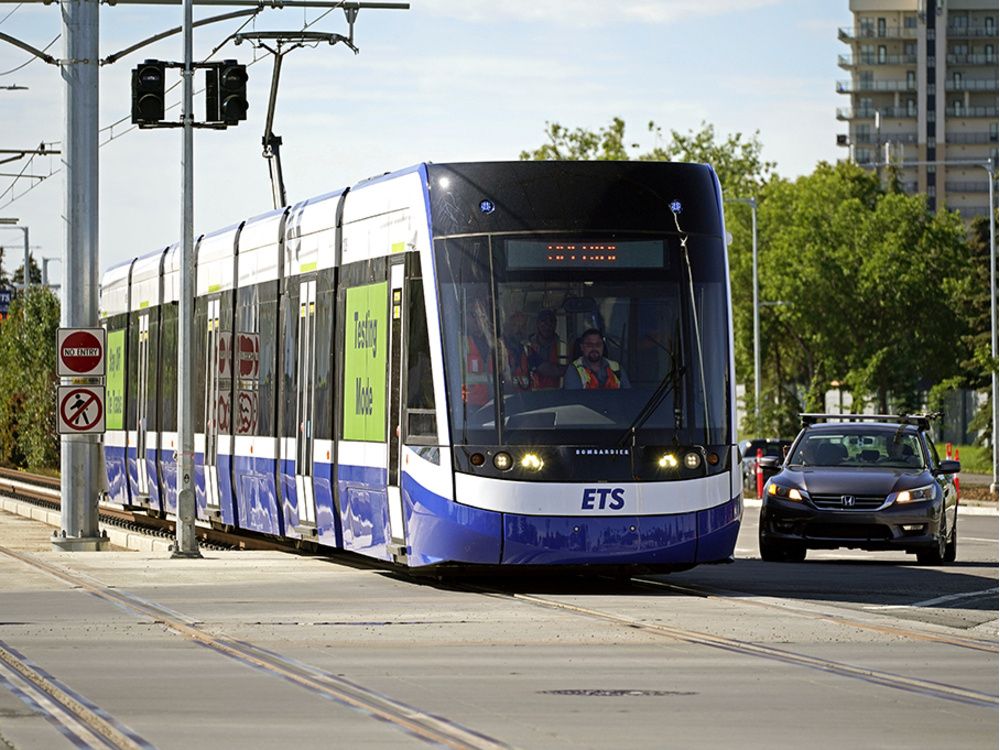I don't know a ton about the nuts-and-bolts of construction, but I thought I'd have a look at this anyway. There's a detailed
building price index available, which tracks the overall cost of residential and nonresidential building construction; the nonresidential is a mix of office, factory, warehouse, shopping centre, school and bus depot -- but the more detailed, I suspect the less reliable it is. Here's the nonresidential price index for Calgary by building component:
View attachment 585028
Note that it's an index where 2017 is 100, so the overall cost of nonresidential buildings has an index of 129; i.e. prices have gone up 29% since 2017. An LRT line is not a building, although it uses a lot of the same materials and trades; but like less plumbing and more earthwork than a typical building. The big component with really high cost increases are in metals and wood; a lot of the next ones, like openings, finishes and plumbing are not going to have a ton of use in an LRT system, I think.
Here's a few key dimensions over time, with the overall composite nonresidential building as a thick dashed line, (which will be the same line in all of the next figures so it's a useful reference):
View attachment 585038
Metal work had a spike in mid 2018, but otherwise, everything was quite flat price-wise until 2021, when the prices really started spiking; some have levelled off, and some still seem to be increasing.
Digging in a little bit more, there is also an
industrial product price index, which breaks down the cost of a wide range of specific products at the national level. Here's the price of a few products that might be useful to buy if you're building an LRT line. (Note that the index in the link uses 2020 as a reference, and I've rebased it to have 2017 as the base, so it can be plotted along with the nonresidential building construction price index).
View attachment 585037
Some of these are really massive price increases; metal products almost doubled in price, with almost all of that increase in 2021. Heavy equipment and rolling stock went up less than construction as a whole, but in general it seems like materials went up faster than their underlying construction costs.
Which leaves labour as another key element; I don't think it'll surprise people what happened to labour if materials went up faster than construction overall. I've got two sources here; one is the
union construction wage for Calgary, and one is
average weekly earnings in Alberta by industry. Note that these are not identical measures -- you can increase someone's wage and cut their hours, or keep their wage flat but give them overtime to increase their earnings. You can also have someone more productive make more output for the same earnings. Not to mention that plenty of construction workers are non-union (especially in terms of 'construction industry workers', which includes the office staff at construction companies, managers, etc.) Note that the union wage numbers are only updated twice a year.
View attachment 585040
The actual union wages were pretty flat until 2023; while earnings more generally rose about 20% pretty steadily, but the all get to the same ballpark in the end. In any case, these are going up at a lower rate than construction in general.
Note this is a period of pretty substantial consumer price increases: here are the union wages (in actual dollars), both in current dollars (i.e. what the pay stub will say) and in constant 2017 dollars (i.e. how much they can buy relative to 2017 after inflation), showing the reduced buying power because of inflation:
View attachment 585041
On paper, these workers saw their wages go up by 20% or so since 2017, mostly in the past year. At the checkout, they can afford about 92-94% of what they could 7 1/2 years ago, and the recent wage bumps only take them back to mid-2021 purchasing power.
All this of course doesn't include other potential inflation factors (land acquisition -- house prices have shot up; financing costs -- interest also spiked), as well as likely the other culprits of scope creep, mispricing risk because of the design-build contract structure, etc, etc, etc.
No matter what you look at, the UCP put the hold on it starting December 2020... if I could time market spikes like that, I'd be too rich to bother posting here. (Just kidding, I'd post more, but with even fancier graphs... maybe Dijon graphs.)




